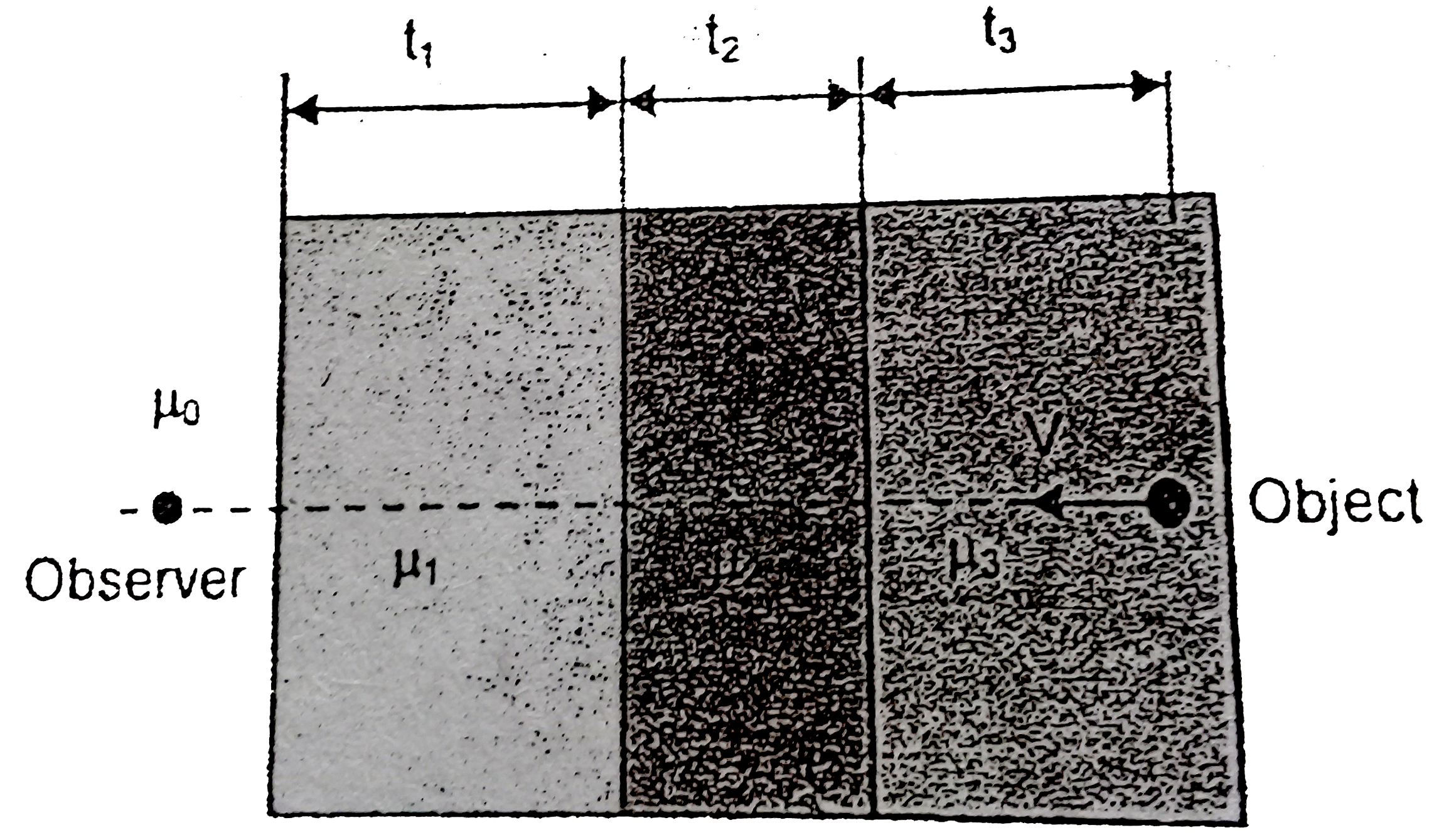The 0.7 m GROWTH-India telescope located at Indian Astronomical Observation in_________has made its first observation which is a follow-up study of a nova explosion.
Pune, Maharashtra
Chandipur, Odisha
Jodhpur, Rajasthan
Ladakh, Jammu and Kasmir
The correct Answer is:D
The 0.7 m GROWTH -India telescope located at indian astronomical Observatory in Hanle, Ladakh, Jammu and Kashmir, has made its first observation which is a follow -up study of a nova explosion.
Topper's Solved these Questions
Similar Questions
During a field visit, one of the students observed a cyclindrical worm in the soil, and noted its characteristics like segmented body, bilateral symmetry and presence of clitellum. After its dissection , students observed that the worm was eucoelomate . Another student observed a worm which was thread-like without segments and after its dissection they found that the worm was pseudocoelomate.
Based on the given paragraph answer the following questions.
To which phylum does the animal observed by the first student belong ?View SolutionDuring a field visit, one of the students observed a cyclindrical worm in the soil, and noted its characteristics like segmented body, bilateral symmetry and presence of clitellum. After its dissection , students observed that the worm was eucoelomate . Another student observed a worm which was thread-like without segments and after its dissection they found that the worm was pseudocoelomate.
Based on the given paragraph answer the following questions.
Mention any two characteristics of first animal.View Solution
Knowledge Check
- Question 1 - Select One
Two canoes are 10 m apart on a lake. Each bobs up and down with a period of 4.0 s. when one canoe is at its highest point, the other canoe is at its lowest point. Both canoes are always within a single cycle of the waves determine the speed of the wave.
A2.5m/sB5m/sC40m/sD4m/s - Question 2 - Select One
Read the given passage below and answer the questions. Amid a changing environment, with natural homes of birds getting depleted as natural forests make way for plantations and other such modified terrains, comes the good news of how the great Indian hornbill adapts to such change. A group of researchers from NCBS-TIFR in Bengaluru and Nature Conservation Foundation in Mysuru observed eight hornbill nests, three located in contiguous forests and five located in modified habitats such as coffee plantations. They found that the birds followed similar nesting behaviour but adapted to the changing environment. The team chose to study the great Indian hornbills nesting in the Anamalai hills. For comparison, the researchers located the study in the modified habitat in the Valparai plateau and the contiguous forests in the Anamalai Tiger Reserve and the Vazhachal Reserve forests. The modified habitat included tea, coffee and cardamom plantations, and tribal settlements.
Which of the following is/are a suitable course of action in lieu of the information provided?AHornbills are secondary cavity nesters and choose cavities formed in large trees for nesting. Also, they are monogamous, and the female, after copulation, seals herself in the hole until the initial breeding period of two-four months is over.BThe team also highlighted the potential of rainforest fragments and coffee plantation for conservation of hornbills outside of protected areas.CIn addition, it is necessary to have a diversity of native tree species, particularly figs, laurels and other food plants.DAlong with other threats such as hunting, modified land use, ensuing forest fragmentation, felling of large trees with the potential for nesting, the loss of fruit bearing trees could also affect hornbill nesting habits. - Question 3 - Select One
Read the given passage below and answer the questions. Amid a changing environment, with natural homes of birds getting depleted as natural forests make way for plantations and other such modified terrains, comes the good news of how the great Indian hornbill adapts to such change. A group of researchers from NCBS-TIFR in Bengaluru and Nature Conservation Foundation in Mysuru observed eight hornbill nests, three located in contiguous forests and five located in modified habitats such as coffee plantations. They found that the birds followed similar nesting behaviour but adapted to the changing environment. The team chose to study the great Indian hornbills nesting in the Anamalai hills. For comparison, the researchers located the study in the modified habitat in the Valparai plateau and the contiguous forests in the Anamalai Tiger Reserve and the Vazhachal Reserve forests. The modified habitat included tea, coffee and cardamom plantations, and tribal settlements.
Which of the following is not an apt conclusion on the basis of the information provided?ASome of the nests were discovered during the study with the help of local tribal assistants.BGreat hornbills may adapt to habitat modification provided that their key requirements for food and nesting are fulfilled in the habitats like coffee and forest fragments.CConsidering that hornbills use same nest over years, protection of these known nest trees and retention of large trees that can be potential nests is absolutely essential.DNone of the above.
Figure shows the results of a series of observations of a migrating Brownian particle. The observations were made at intervals of 30 s, the temperature of water was 25∘C, the radius of a Brownian particle is 4.4×10−7m. Measuring the "steps" of the particle in the scale specified, find the square of the r.m.s. displacement for a given time, and calculate the Boltzmann constant and the Avogadro number. The scale is as follows: 1 mm on the graph corresponds to a i displacement of 1.25μm.
 View Solution
View SolutionWhen India conducted its first nuclear test, it was termed as peaceful explosion. India argued that it was committed to the policy of using nuclear power only for peaceful purposes. The period when the nuclear test was conducted was a difficult period in domestic politics. Following the Arab-Israel War of 1973, the entire world was affected by the Oil Shock due to the massive hike in the oil prices by the Arab nations. It led to economic turmoil in India resulting in high inflation.
which international event of 1970s wa responsible for high inflation in india ?View SolutionThe focal lengths of the objective and the eye-piece of an astronomical telescope are 0.25 m and 0.025 m, respectively. The telescope is focussed on an object 5m from the objective, the final image being formed 0.25 m from the eye of the observer. Calculate the length of the telescope and its magnifying power.
View Solution
If a particle is seen through layers of parallel glass slabs of different refractive index as shown in figure. Where μ0 is the medium of the observer. If the object has velocity v towarsd observer at this instant along the line joining object and observer then, which of the following correctly represent the velocity of the object as seen by observer?View SolutionWhich of the following statements is/are incorrect about GROWTH-India telescope ?
I. It will study nearby young supernova explosions and nearby asteroids.
II. It is based in Pune, Maharashtra.View Solution

